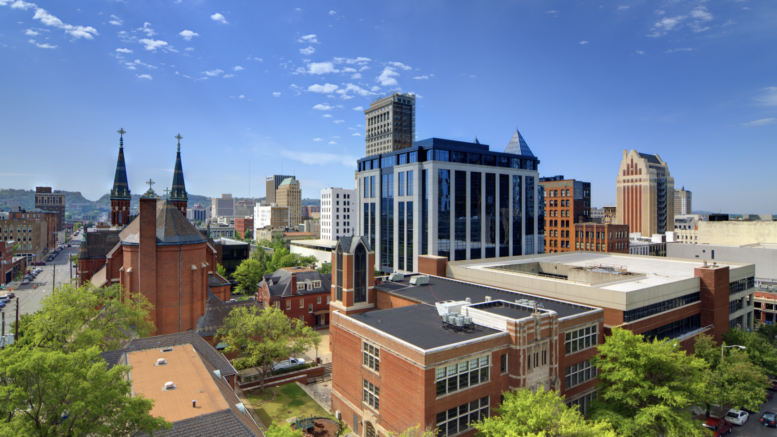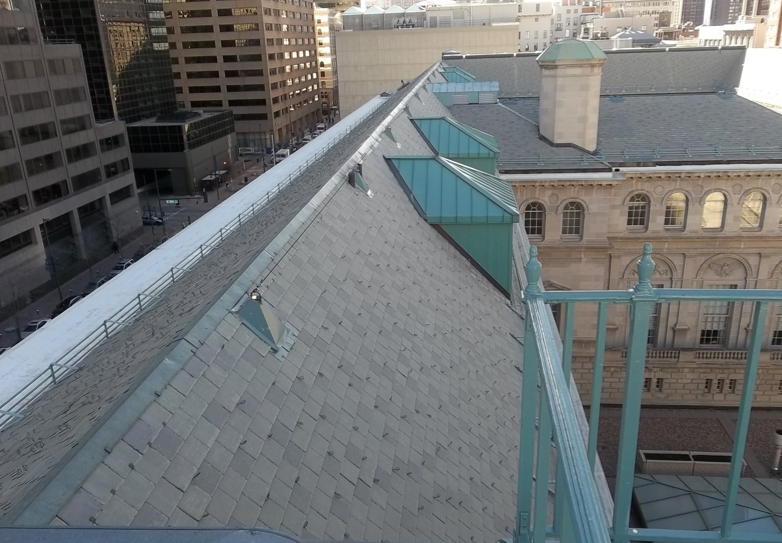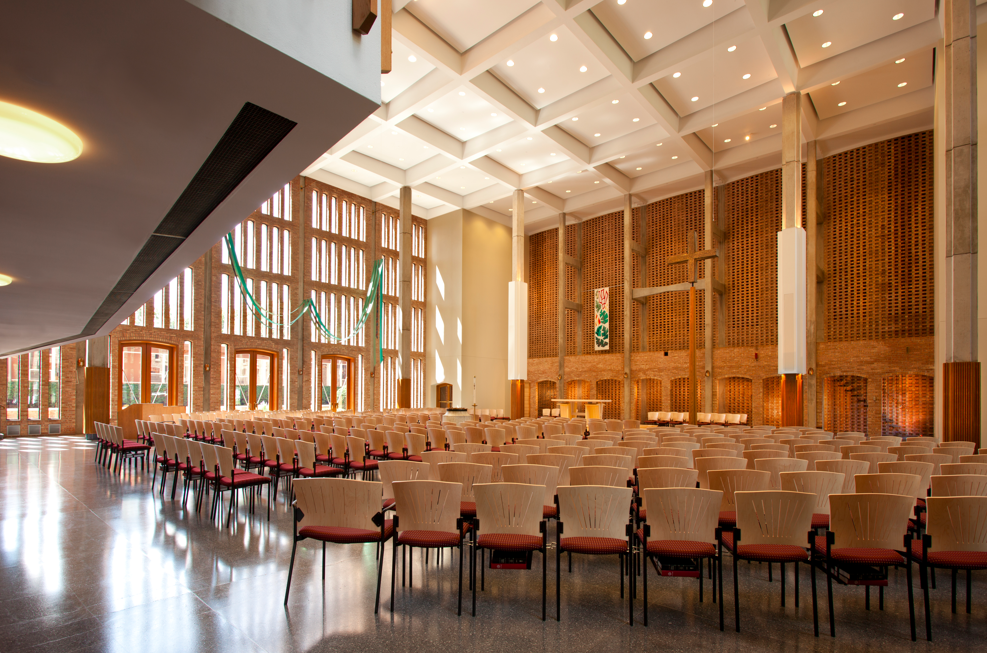Sustainability is not just a trending industry buzzword — mitigating climate change is a situation that demands immediate action. But historically, the energy-intensive building industry has been slow to act compared to other industries in the sustainability conversation. When considering the impact the building industry has on the environment, the figures are intimidating. Existing building stock in the United States consumes approximately 40 percent of the total energy use and produces roughly 30 percent of total greenhouse gas emissions. But there is good news.
The sector is gradually becoming “greener” with the adoption of high-impact energy and climate policies, design practices and building materials. For example, energy-efficient roof replacements are becoming an increasingly valuable compliance tool as building performance requirements are passed at the state and federal level. In addition, more manufacturers and industry suppliers are publishing information about the life cycle impacts of their building products, which makes it possible for project teams to specify products with lower environmental impacts. These types of future-proofing tactics, coupled with the use of high-performance building solutions like polyiso insulation, put opportunity (not just responsibility) with the roofing professional. In turn, the industry can make strides toward the aggressive energy savings and emission reductions that are now necessary to mitigate climate change.
Prioritizing Commercial Building Insulation Retrofits
Our existing building stock holds enormous potential to help each corner of the country meet building energy codes, performance standards and carbon reduction goals. To illustrate that potential, a coalition of insulation trade associations commissioned a third-party-facilitated study that quantified the lifetime energy savings and carbon emission reductions that could accrue by completing simple, cost-effective insulation retrofit projects. The study was completed in three sections to assess the energy and emissions impacts from insulation improvements to residential, commercial, and industrial buildings. Most applicable to the roofing industry, the commercial building study looked at the impact of code-compliant roof upgrades (at time of a roof replacement) and pipe insulation upgrades.
For each commercial building type that was assessed, the roof replacement was responsible for most of the potential energy savings due to the relative size of the project. The Polyisocyanurate Insulation Manufacturers Association (PIMA) published a summary of the study findings, which shows that over a 30-year period, upgrading roof insulation on the modeled existing commercial buildings (representing roughly 25 percent of existing floorspace) can save building owners more than $65 billion dollars in energy costs. Similarly, it could also eliminate nearly 360 million metric tons of carbon dioxide equivalent (CO₂e) emissions, which is equivalent to the annual energy use of more than 45 million American households. This report is a valuable policy tool that underscores the importance of addressing existing building envelope performance through innovative energy code compliance strategies.
Addressing Existing Building Performance
Historically, energy code requirements have focused on new construction, with significantly fewer resources given to the implementation and compliance for upgrades to existing buildings. But the significant environmental impacts associated with the country’s existing building stock has challenged policymakers to devote more resources towards compliance efforts targeting building alterations.
For example, in December 2022, the DOE announced $45 million in competitive grants to help states and partnering organizations adopt and implement updated building energy codes. This funding is the first installment of a 5-year, $225 million program established under Section 40511 of the Bipartisan Infrastructure Law (BIL) that passed in 2021. This funding is in addition to the $1 billion available under Section 50131 of the Inflation Reduction Act (IRA) of 2022, which makes substantial investments in upgrading the performance of buildings through projects that include building envelope retrofits (roof replacements being the most common envelope retrofits for existing commercial buildings).
Verified Information About Environmental Impact
The growing interest in the relationship between the built environment and climate change has also prompted industry professionals to closely examine the environmental impacts associated with the manufacture of building materials. Building owners, architects and other stakeholders are increasingly including carbon footprint and other specification criteria as major considerations in deciding between products and construction methods. Manufacturers and industry suppliers who publish verified information about their materials through Environmental Product Declarations (EPDs) make it possible for stakeholders to base decisions on measurable data and metrics. As a result, project teams can select products with low embodied carbon, as an example criterion, to prioritize sustainable design.
As part of its advocacy for manufacturers and industry suppliers of rigid polyiso products, PIMA publishes third-party verified, ISO-compliant EPDs that provide industry-averaged environmental impact information for polyiso products manufactured across the United States and Canada. These EPDs describe the cradle-to-grave impacts resulting from the manufacture, transport, installation, replacement (in the case of roof insulation and cover boards) and end-of-life disposal of polyiso products. Going one step further, the EPD report for polyiso roof insulation offers substantiated information about the energy savings benefits of using polyiso insulation throughout an assumed 75-year building service life, including accounting for the typical roof replacement project. The report also includes documentation that confirms the low global warming potential (GWP) of the raw materials used to manufacture polyiso products, which makes polyiso an ideal solution for sustainable roofing projects. EPDs are an invaluable resource to industry professionals as we continue to set environmental goals and reach sustainability targets.
Going All in to Build a Climate-Resilient Future
As an industry, we have come a long way in adopting and incorporating innovative product solutions and sustainable practices. Looking ahead, the roofing industry is uniquely positioned to help mitigate climate change with the urgency that it warrants. The impact of the steps already taken can be multiplied by working in sync with the building and construction industry at large. This includes staying informed about new energy and climate policies, adopting energy-efficient construction practices, promoting high-performance roofing materials and educating building owners about the value in insulation retrofits. In doing so, roofing professionals can increase their contribution to global sustainability targets while keeping sight of their bottom line. The opportunity is here — let’s meet the moment.
About the author: Justin Koscher is the president of the Polyisocyanurate Insulation Manufacturers Association (PIMA). For more information, visit polyiso.org.





Be the first to comment on "Opportunities Are With the Roofing Industry"